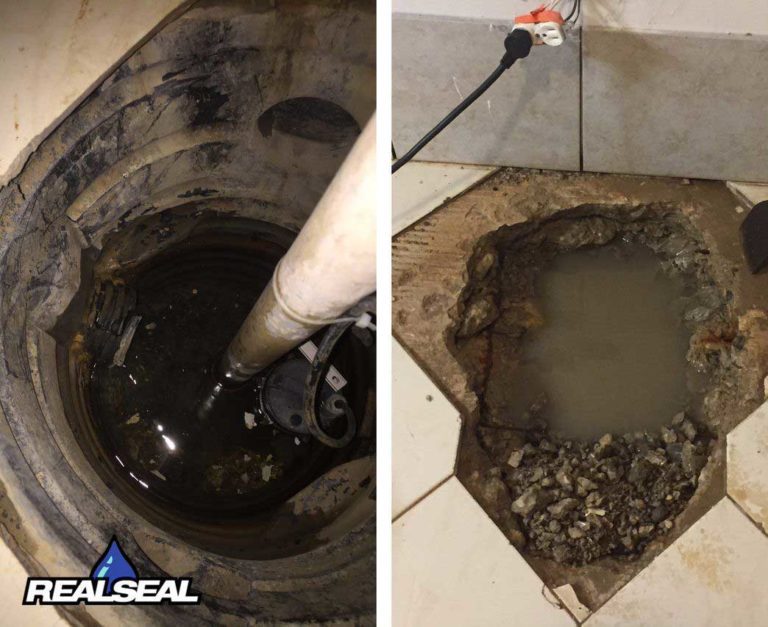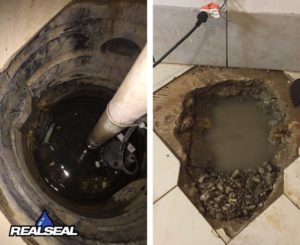We get this one a lot. And rightfully so. A Basement Drain Tile is used to mitigate water underneath a basement floor. A 4” diameter perforated pipe is used most commonly, while some systems have been developed, quite unnecessarily, with different shapes and designs. The main thing is that a pitched perforated pipe brings water to a sump basin. Weather it is made from plastic, clay, is shaped like a square or a circle, how does that relate to “Drain Tile?” It’s not a kitchen floor tile, after all.
A History From Farmers
Like many things in the modern world, we get the name “Drain Tile” from our farming ancestors. Clearing great pieces of land to farm in had more challenges than removing trees and transporting rocks. Even with perfectly tilled fields, there would be another aspect of Mother Nature to contend with, water.
Drainage is important throughout the world, and farmers know it better than anyone. In order to properly farm their fields, they could not be flooded. Farmers needed an efficient way to drain their fields after rain so as not to ruin crops. Trenches were initially dug, graded towards low spots in the field, allowing the water to drain away (mostly into somebody else’s field).
Eventually, cylindrical clay pipes were laid in the trenches, end-on-end, in order to allow those trenches to be filled in. These 4” diameter, 8” long pipes would not be sealed at the seams in order to allow water to flow into them. The stream inside the pipe would then flow water away from the field to keep the crops safe.
Farmers who had done this to their fields would consider those lands to be “tiled.” The clay pipes were then referred to as “Drainage Tile” and eventually “Drain Tile.” The plastic pipe used today bears little resemblance to the old Clay Drainage Tile used in the farmers’ fields, however remnants of it can be seen in older homes.
Bringing It Inside
As with all things, we wish to improve them. Well, it didn’t take long for farmers to realize that they could use this same technique inside their basements to keep the area dry. If it worked for acres and acres of farmland, why not for such a small area inside the house?
Originally, the clay pipe was laid under dirt floors and run to a low spot, where it was then tunneled under the foundation wall and to a low spot in the field. Sometimes they would connect the line directly into the drainage for the fields as well.
While this worked wonderfully for many farmers, it did need to be improved over time to get us where we are today. As the technique started spreading, some people found themselves in areas that could not drain to lower spots, because they were IN the lower spots. Unfortunate for them, but not beyond human ingenuity.
As these situations became more common, someone along the line decided to dig a catch basin for the water to gather. They then brough in a water pump from outside and pumped the water gathered in the basin outside. But who wants to manually pump water out of your basement all night?? The genius of lazy took over and an automatically-triggered Sump Pump was invented and used in the catch basin, which then became known as a Sump Basin or Sump Pit. With a few tweaks here and there to gain efficiency and longevity in the system, we are brought to today’s basement drain tile, which often (and very well should) come with a Lifetime Warranty. Using the same techniques as farmers to drain their fields, we now employ them to keep our finished basements dry and livable. See? Who says history can’t be fun??
Thanks for reading, and remember:
“Not Everything’s Better When Wet!”






